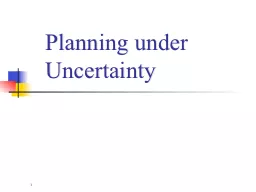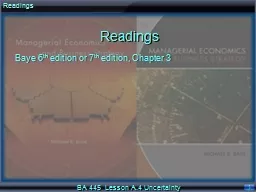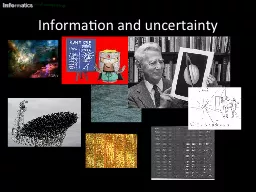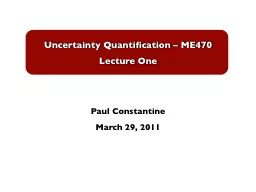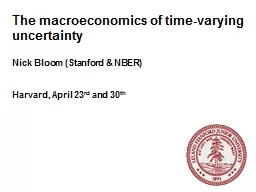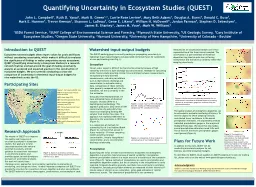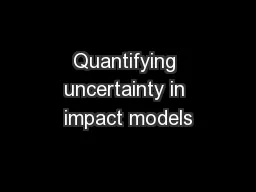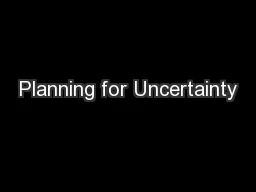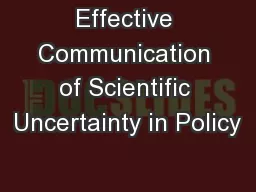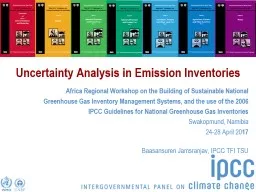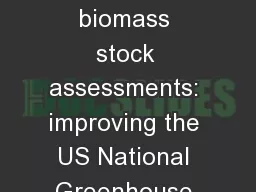PPT-1 Planning under Uncertainty
Author : aaron | Published Date : 2018-03-16
Todays Topics Sequential Decision Problems Markov Decision Process MDP Value Iteration Policy Iteration Partially Observable MDPs POMDPs Student Questions about
Presentation Embed Code
Download Presentation
Download Presentation The PPT/PDF document "1 Planning under Uncertainty" is the property of its rightful owner. Permission is granted to download and print the materials on this website for personal, non-commercial use only, and to display it on your personal computer provided you do not modify the materials and that you retain all copyright notices contained in the materials. By downloading content from our website, you accept the terms of this agreement.
1 Planning under Uncertainty: Transcript
Download Rules Of Document
"1 Planning under Uncertainty"The content belongs to its owner. You may download and print it for personal use, without modification, and keep all copyright notices. By downloading, you agree to these terms.
Related Documents

